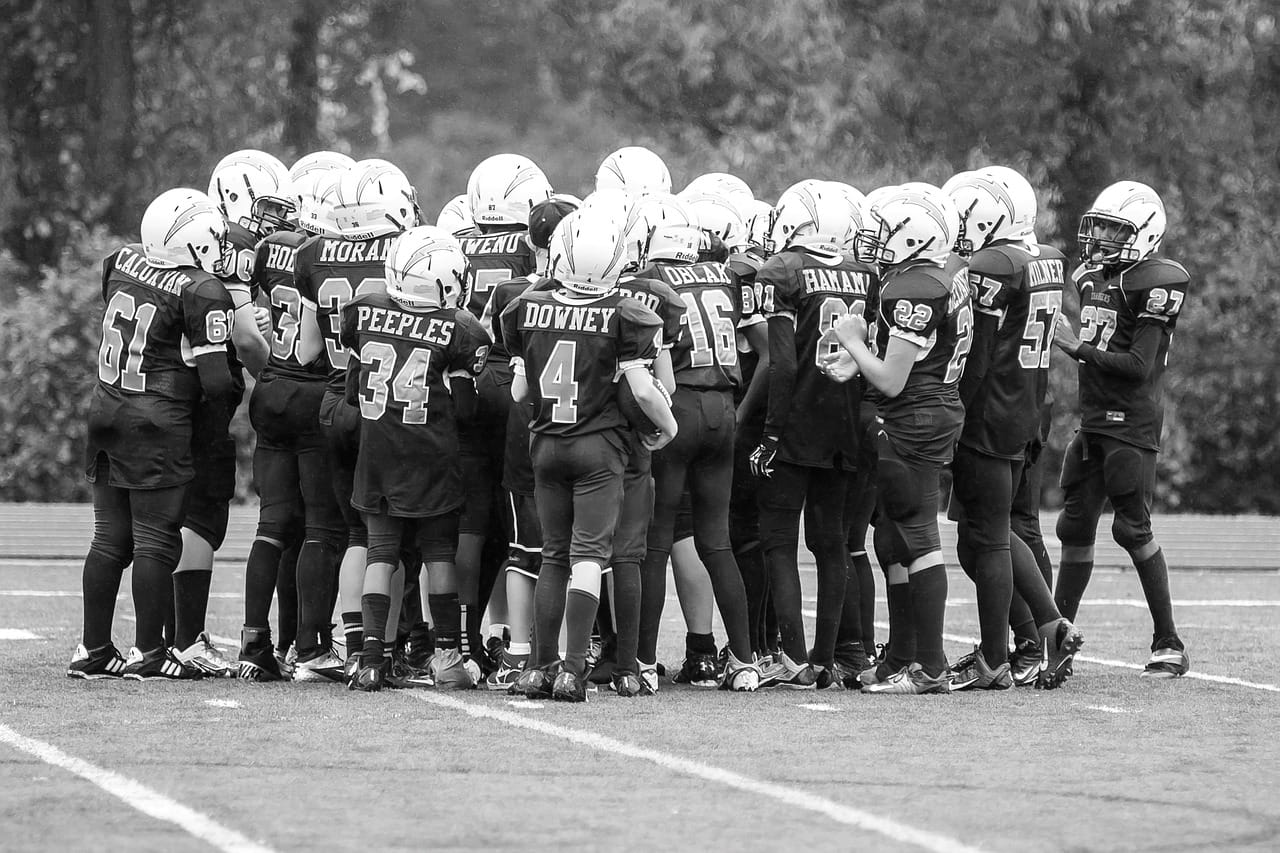
Burnout in youth sports can dramatically impact a child’s development—both physically and emotionally. In recent years, this issue has gained attention, especially with the growing trend of early sports specialization. Alarming statistics reveal that as much as 70% of kids drop out of sports by age 13. While burnout isn’t the sole reason, it’s undeniably a significant contributing factor.
So, how can parents, coaches, and athletes recognize and address burnout? Let’s dive deeper.
What Does Burnout in Youth Sports Look Like?
Burnout manifests differently depending on the individual, but certain red flags are common. A young athlete who once loved the game may suddenly exhibit negative emotions or disinterest in practices and competitions.
Key signs include:
- A lack of enthusiasm or “want to” for the sport.
- A noticeable decline in performance.
- Emotional outbursts, frustration, or even dread toward participation.
If the excitement of the sport has turned into dread, it might be time to take a step back, reevaluate priorities, and allow space for recovery and other activities.
Coaches, Parents, and Athletes: Everyone Plays a Role in Preventing Burnout
Burnout in youth sports isn’t just an individual issue; it’s shaped by the environment created by coaches, parents, and even peers. Here’s how each group contributes—and what they can do to help.
The Coach’s Role
Coaches play a pivotal role in setting the tone for a young athlete’s experience. A coach focused on effort, attitude, and building self-confidence can help prevent burnout. However, placing unrealistic expectations on young athletes often has the opposite effect.
Tips for Coaches:
- Foster a positive environment where athletes feel supported, not pressured.
- Set realistic goals that allow kids to grow both as athletes and individuals.
- Make the season enjoyable—kids should feel disappointed when the season ends, not relieved.
For more tips, check out our additional advice in the Ball to Life Blog section.
The Parent’s Role
Parents often unintentionally contribute to burnout, either out of love or by setting unrealistic expectations.
- Out of love: Parents want to see their child succeed and may push them to improve, believing it’s the right thing to do.
- Unrealistic expectations: Constant pressure to meet impossible standards can leave kids feeling like they’re never good enough.
Tips for Parents:
- Encourage variety: Let kids explore multiple sports to avoid over-specialization.
- Focus on balance: Support your child’s effort without overpushing.
- Let them be kids: Remember, childhood is a time for fun and exploration, not just competition.
Treat Each Athlete as an Individual
Every young athlete is unique, with different thresholds for emotional and physical stress. Recognizing these differences and tailoring support accordingly can make all the difference.
Things to Keep in Mind:
- Be mindful of the physical toll of training and competition.
- Watch for emotional wear and tear, particularly after losses or tough practices.
- Foster open communication: Ask how they’re feeling and listen to their concerns.
Final Thoughts on Burnout in Youth Sports
Burnout is a very real challenge affecting today’s youth. However, by working together as parents, coaches, and athletes, we can create a healthier environment that fosters a love of competition while keeping it fun.
As someone who loves competition, I want to see the next generation embrace it with the same enthusiasm. Life is full of challenges, but it should also be full of joy. Put in the work, but don’t forget to have fun—and let kids be kids!
BtL
Share your experience:
Have you experienced burnout in youth sports? Share your story or tips in the comments below! And don’t forget to explore our blog for more advice on fostering a positive youth sports experience.
Subscribe to our email list to stay up to date!
Follow us on Facebook, Twitter and Instagram
To learn more about Ball to Life and our mission, click here.

